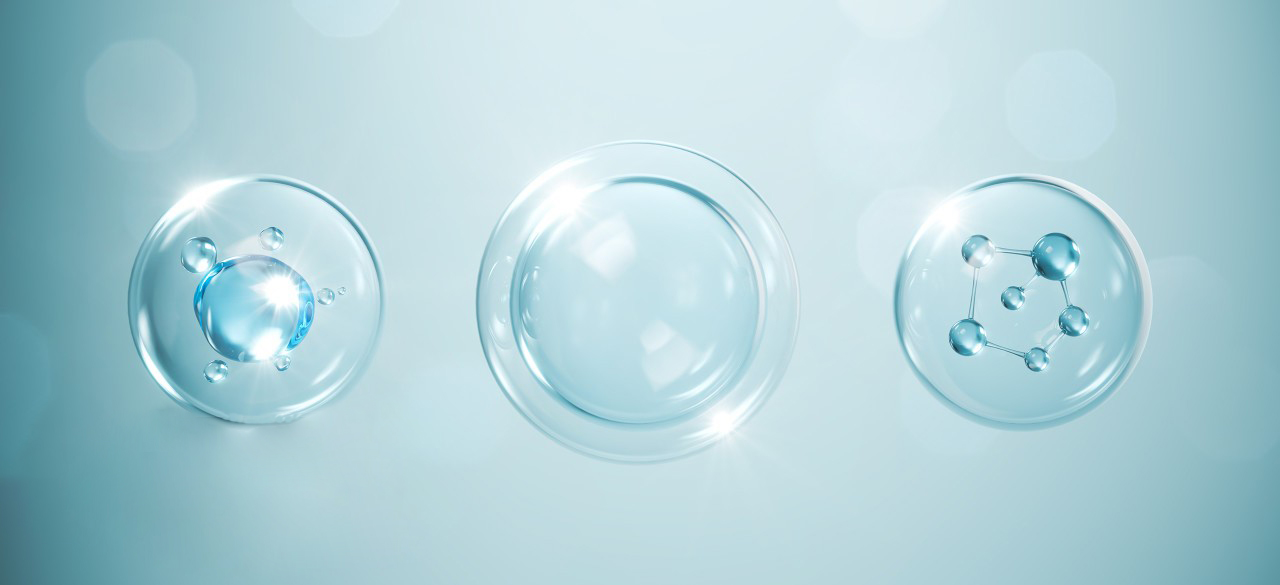Origin of D-Panthenol:
D-Panthenol, also known as pro-vitamin B5, is the alcohol analog of pantothenic acid (vitamin B5). It is derived from pantothenic acid, which is naturally found in various foods, including eggs, fish, poultry, whole grains, and certain vegetables. Pantothenic acid is a water-soluble vitamin that plays a vital role in energy production and metabolic processes in the body.
D-Panthenol itself is typically synthesized through chemical processes, starting from the oxidation of dipropylamine or via chemical transformation of natural sources like pantoic acid (which is a part of pantothenic acid). D-Panthenol can also be produced through biosynthetic routes.
Properties of D-Panthenol:
- Chemical Structure: D-Panthenol is the alcohol form of pantothenic acid, with the chemical formula C9H19NO4. Its structure consists of a hydroxyl group (-OH) attached to a pantothenic acid backbone, which gives it its distinctive properties.
- Solubility: D-Panthenol is highly soluble in water, which makes it an effective ingredient for use in various cosmetic, pharmaceutical, and personal care products.
- Stability: It is relatively stable in aqueous solutions but can be sensitive to high temperatures and acidic environments. However, D-Panthenol is generally more stable than pantothenic acid itself.
- Viscosity: It has a moderate viscosity, which can contribute to the consistency and texture of products in which it is included.
- Skin Penetration: D-Panthenol is known for its ability to penetrate the skin and hair, where it is converted into pantothenic acid by the body. This allows it to exert its beneficial effects in topical formulations.

Introduction of D-Panthenol:
D-Panthenol became popular in cosmetic and dermatological formulations in the 1960s as an effective moisturizing agent and skin-healing ingredient. It has since been widely used in a variety of topical products like:
- Shampoos and Conditioners: To improve hair texture, moisture retention, and strength. It helps in treating dry, damaged, or brittle hair.
- Skin Care Products: To promote wound healing, reduce skin irritation, and enhance skin hydration.
- Topical Ointments: Used for its skin-softening and anti-inflammatory properties in ointments for burns, cuts, and skin irritation.
- Pharmaceuticals: It can be used in preparations for dry eyes, as an eye lubricant, and other topical pharmaceutical applications.
Biological Effects and Uses:
- Moisturizing: D-Panthenol is often used in personal care products for its humectant properties, meaning it helps to attract and retain moisture in the skin and hair.
- Wound Healing: It accelerates wound healing, making it beneficial for treating minor burns, abrasions, and cuts. It stimulates the production of new tissue, which aids in skin regeneration.
- Hair Care: D-Panthenol has been shown to improve hair elasticity, thickness, and shine. It can also reduce split ends and breakage, making it a common ingredient in conditioners and hair serums.
- Anti-Inflammatory and Soothing Effects: It has mild anti-inflammatory properties, making it useful in products designed for sensitive or irritated skin.
- Conditioning and Strengthening: When applied to hair, D-Panthenol penetrates the hair shaft and can help to repair damaged areas, strengthen the hair, and provide a glossy finish.

Conclusion:
D-Panthenol is a versatile compound widely used for its beneficial effects on skin and hair. It is a stable, water-soluble compound that offers hydration, healing, and soothing properties, making it a staple in both cosmetic and pharmaceutical applications. Its role as a pro-vitamin for pantothenic acid also ties it to essential metabolic processes in the body, enhancing its importance in both topical and systemic formulations.
